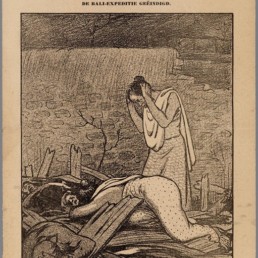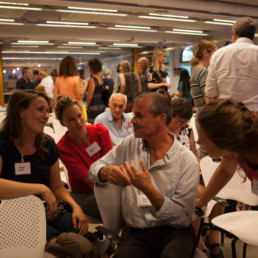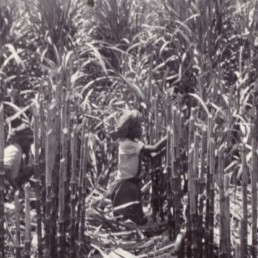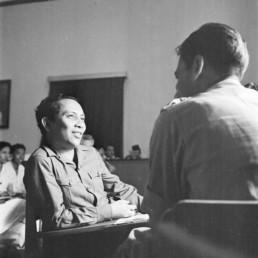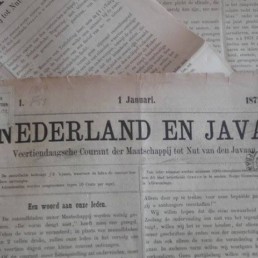
Dissenting Voices: Challenging the Colonial System
A co-production of Bridging Humanities written by Maartje Janse and Anne-Lot Hoek, with contributions of Ernst Jansz and Sjoerd Sijsma. Dissenting Voices aims to explore how critical thinking regarding the colonial context in the Dutch East Indies has evolved by analyzing various voices of protest. The publication is a result of a process of co-creation and combines close reading of criticism with an analysis of the ways it was channeled and the audience it aimed to reach. Artistic contributions in the form of music and film have been added to reflect on and present new forms of protest. An outline of the content as presented in the menu is shown below. For a discussion on the publication please see the review & comments section. Feel free to share your thoughts.
